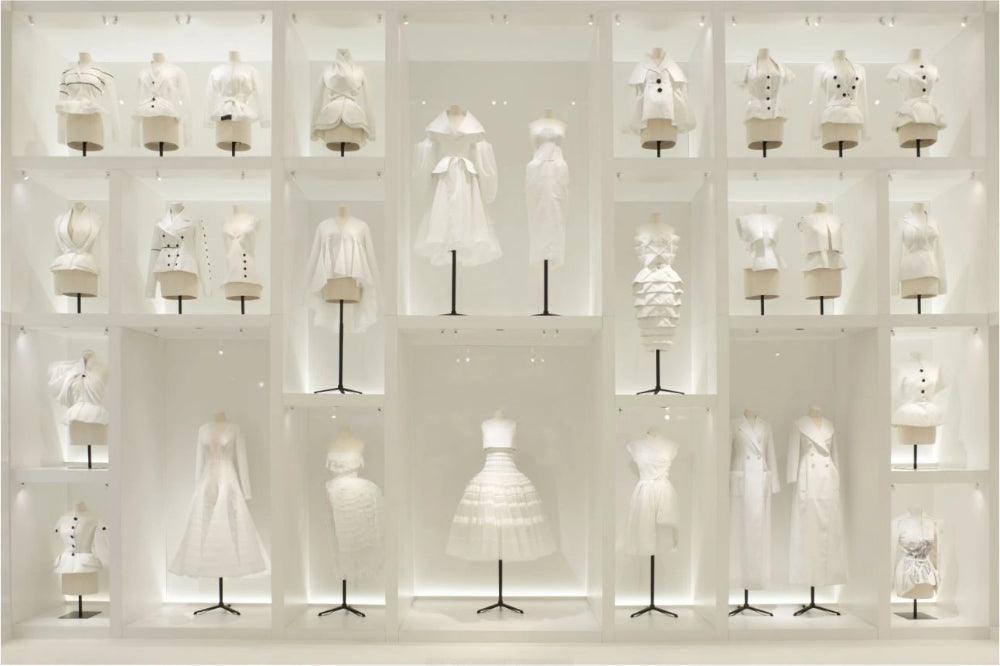Hello Marcy,
I am a recent member of the local American Sewing Guild, for which fitting seems to be the major emphasis. A concern of mine is for a couple of women, when trying out a new t-shirt pattern, who are using muslin, (woven fabric for knit pattern). Is there something out there in the knit form that could be comparable for 'making a muslin' for knit tops and dresses?
Something standard...
I look forward to your words of wisdom.
Thank you,
Karen
My reply:
Hi Karen,Fitting is a challenge for everyone, and a never ending learning curve.
Please PLEASE tell your group that they should never use a woven fabric to test a knit pattern, it is doomed to failure. The word ‘muslin’ can have two meanings for those of us who sew. In one case, it is a type of woven fabric, unbleached cotton, plain weave, natural color, comes in different weights and qualities, and is frequently used for making a mock-up of a design or by some designers for draping the first draft of a design.
The other meaning for muslin is used to describe a ‘test’ garment that is used to determine fit and style. People must be clear on the double meaning here!
When working out the fit for a knit top, you would use a knit fabric, never a woven. The issue with knits is that each one is different, and each knit might hang and fit differently. For people who are just starting to work with knits, ponte is the best choice as it has some stretch and drape, and is stable with no rolling at the cut edge. I would not start with a jersey, but would make a few ponte tops to get the hang of sewing and fitting and developing the 'touch' needed when working on knits. Then move on to lighter weight fabrics. With 4 way stretch and lighter weight fabrics which can stretch a bit in wearing, I use wider side seam allowances and adjust the fit as I sew. I also find it takes a bit of practice and experience to develop the touch and feel in handling these fabrics.
Test. Test. Test. Practice. Practice. Practice.
- Make samples with scraps
- Test needle size and type.
- Test thread
- If you use a serger, test serging the seams
- Test for handling rolling at the cut edge
Thanks for your question -I want to nip this recipe for disaster in the bud, so please pass the word!
Warmest regards, Marcy

Couture 'Muslin', known in French as a 'Toile'
The in-depth Dior exhibition in Paris at the Louvre devoted one vast room, floor to mirrored high ceiling, with row upon row of garments made in muslin fabric in different weights, sometimes two or more weights in the same garment. All sewn to perfection with pencil markings showing details as shown in the photos I took on my visit in September 2017. All of these garments are draped directly on the dress form, a process that takes years to master. The draper or toileiste will start with a sketch from the designer and work in tandem with the dressmakers and designer to achieve the finished garment. The muslin/toile is then painstakingly disassembled and the muslin fabric is use as the pattern itself. This is a long involved process! If the garment is being made for a customer, there is a custom made dress form that replicates the customer's figure precisely, so the garment will fit with few adjustments.
Here you can see the 'muslin' and the finished garment.

Final thoughts.....
- Watch the Tilton sisters Craftsy classes: The Ultimate T-Shirt, which covers the basics of construction including fitting, and The Artful T-Shirt, which includes design details and more construction information.
- Watch The Phantom Thread to see how the designer makes the gown in muslin to draft the pattern for the final gown.
- Make fitting a priority in your sewing education; take classes, read books, learn from friends and keep experimenting.
- Muslin, the fabric, is cotton, has a natural un-dyed color and comes in different qualities, weights and widths. Make sure you are using the best quality and right weight for your project.
- NEVER use a woven muslin fabric to test a knit garment.





